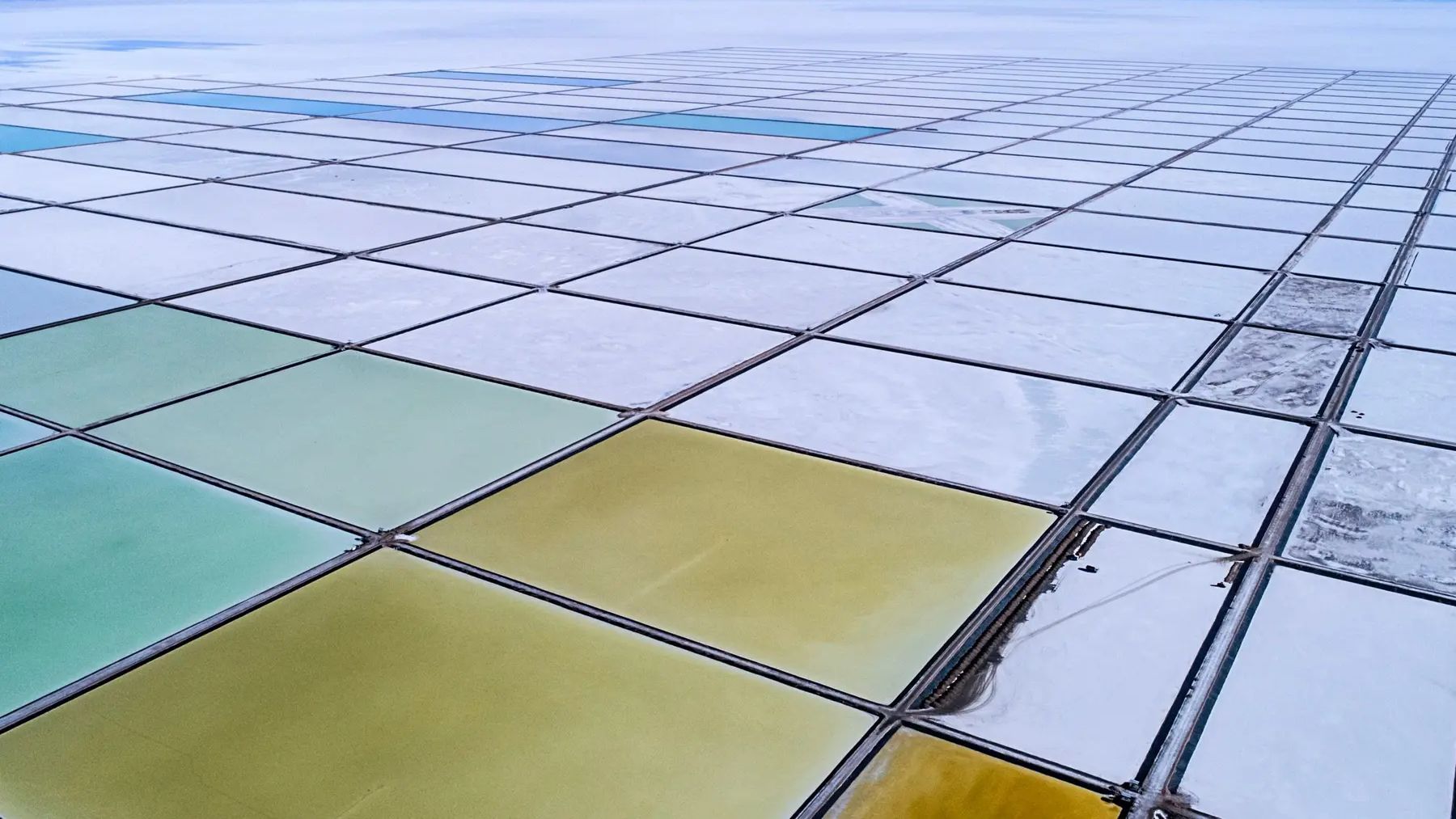Deserts are commonly seen as arid, sandy, and extremely hot or extremely cold environments. However, if you look beneath its surface, you will see that it is a captivating ecosystem with unique attributes and amazing, diverse inhabitants. One in particular is extremely colorful and might just be the hope of mankind. Unfortunately, Russia and China are in a rapid race to destroy it.
Russia and China are in a rapid race for crucial natural resources
Moscow quickly made headway in the race for crucial natural resources. Russia pursued Bolivia and, like China, gained access to the world’s largest natural resource reserves. At the time, Bolivian President Luis Arce naturally applauded the timing of the major contract for natural resources rights. The impressive contract provided hope that it could help solve Bolivia’s ongoing economic crisis in the medium term.
Russia’s Uranium One Group reportedly planned on investing nearly $450 million (€405 million) in a pilot project for natural element production in the South American country. The project was outlined to commence within the Siloli Desert, particularly in the village of “Colcha K” in the Potosi Department of Bolivia.
Naturally, China was also set in the race for the crucial natural element in Bolivia. The Chinese group, Contemporary Amperex Technology, planned to invest a total of $1.4 billion in the construction of extraction plants. President Arce, however, ensured that other competitors besides Russia and China could also join the race.
This colorful desert is in the midst of the global race due to this natural element
Bolivia has the largest reserve of white gold in the world. The Uyuni Salt Flat is a gigantic, expansive salt desert situated in the Altiplano plateau in southwestern Bolivia, and has approximately 23 million tons of this white gold. The white gold is the most sought-after natural element, lithium.
“It seems that strategic alliances are being forged that suit the current governments. The Bolivian government is showing a preference for Chinese and Russian companies. Ultimately, however, these alliances are short-lived because the logic of economics is that economic interests take precedence over temporary affinities.” – Vladimir Rouvinski, Latin America-Russia relations expert at Icesi University in Colombia
Lithium is particularly essential for the electric vehicle industry, as it depends on the natural element to produce high-performance batteries to power electric vehicles. The boost in electric vehicle manufacturing caused the demand for lithium to skyrocket. Hence, lithium prices jumped from US$ 5,000 per ton of carbonate in 2010 to more than US$ 80,000 in 2022. However, 2023 saw a drop in its price to US$23,000, a consequence that may decrease sales in China, according to experts. Which is why another country is set to join the race.
The US is set to join the global race for lithium mining
The US has joined the global race and is, strangely enough, competing with Bolivia to gain control over the country’s resources. Its main objective? To beat its main competitors, China and Russia. This objective was made clear as daylight at the US House of Representatives conference in March 2023. Per Laura Richardson, head of the Southern Command (SouthCom), this immediately urged Bolivia to handle its lithium with the importance of “national security.”
By utilizing new approaches and choosing partnerships more strategically, the Bolivian Government will hopefully retain its lithium resources within the state’s production. This seems achievable since other countries are better adapted to exploit the ore with their advanced technology.
With the race for crucial natural elements continuing as the world tries to adhere to the global mission of going zero-carbon, we are not sure that lithium is the best way to go. Water-intensive lithium mining in particular is threatening to deprive Indigenous communities of their livelihoods and will destroy the desert’s fragile ecosystem.
